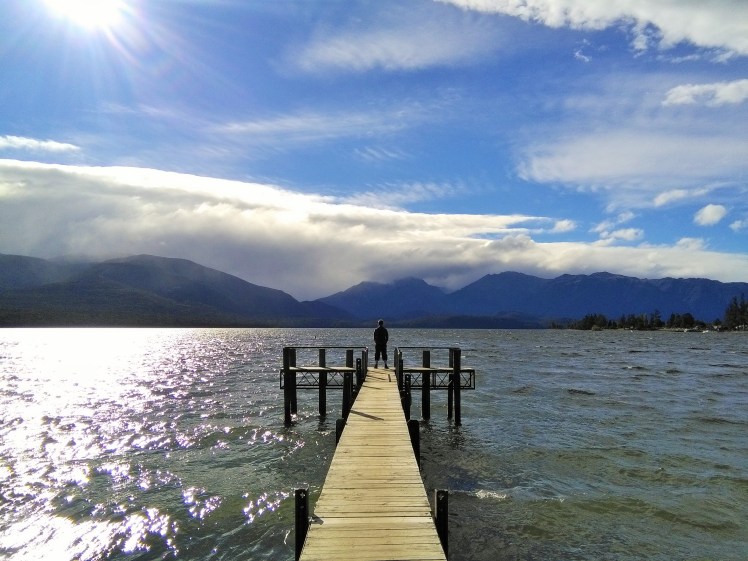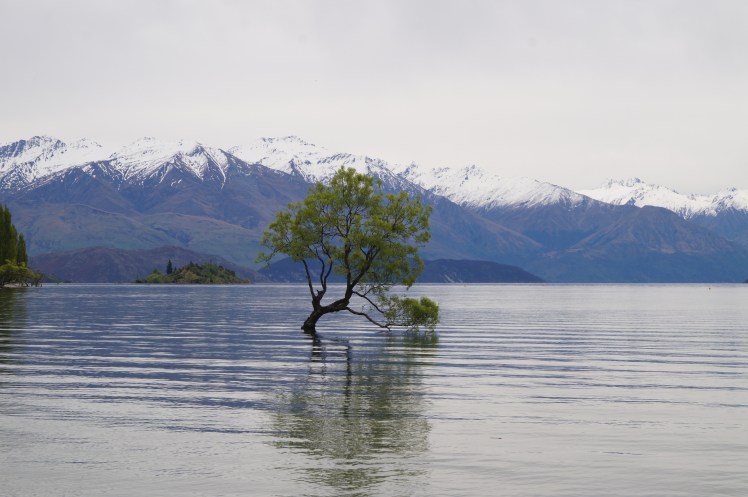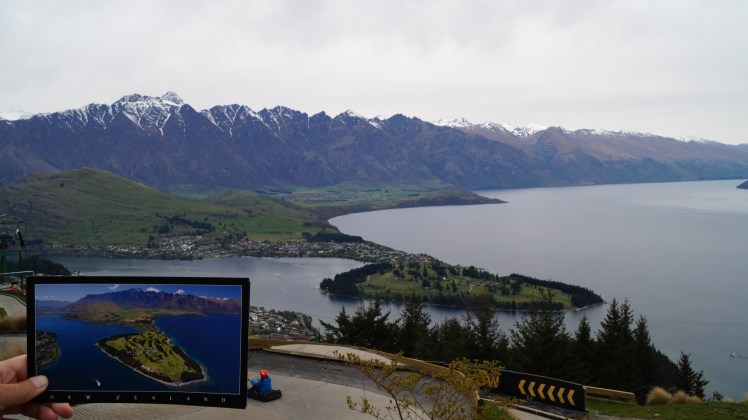Did you know there is more than 4000 lakes in this amazing country?
These are the most stunning lakes in New Zealand and there are some truly fascinating facts about them…

Lake Te Anau is second largest lake by surface area in New Zealand and it’s more than 4oom deep. Most of this lake is situated within Fiordland National Park and it is a must see place while traveling around Southland especially if you are planning to visit Milford Sound or you are going to walk New Zealand Great Walks.

Lake Taupo is the largest lake in New Zealand. It sits in the caldera of Taupo Volcano created by a supervolcanic eruption. Every year more than 2 million people come here to admire this gem of the North Island.

Home of the probably most famous tree in the world is Lake Wanaka situated at the lower South Island in Otago region. This lake lies in a valley formed by glacial erosion during the last ice age. It is a great place for adventure tourism all year around.

Glacial sediments fed this lake by the Tasman and Hooker Glaciers, there’s the reason for beautiful blue colour of the water. With the massive Mt Cook in the background it is not strange that Lake Pukaki found its place in the Hobbit Trilogy.

It doesn’t matter if you visit this lake during the day or night, it’s amazing! It gets turquoise colour from glacial dust suspended in the water. Lake Tekapo is part of the UNESCO Dark Sky Reserve, making it the perfect spot for stargazing. I can’t describe you how tranquil this place is…

Famous adventure capital Queenstown lies on the shores of Lake Wakatipu, New Zealand’s longest lake. Because of its unusual shape Lake Wakatipu has a so called ‘tide’ which causes the water to rise and fall about 10 cm every 25 minutes. Perfect scenery for the postcard, isn’t it?
Pretty! I was there last year. Even took a helicopter ride and landed on the Franz Joseph glacier.
DJ
Some beautiful shots 🙂
Never been to New Zealand but today I visited it through your blog 🙂
Thank you very much Pol!
More than 4000 lakes?! I had no idea. I saw maybe three or four of them on the North Island. These photos are amazing!
Thanks Daniel!